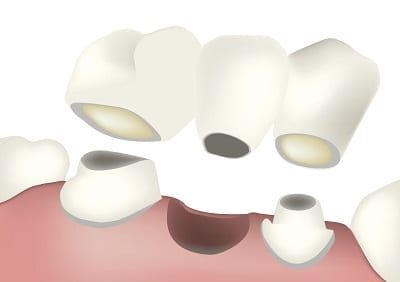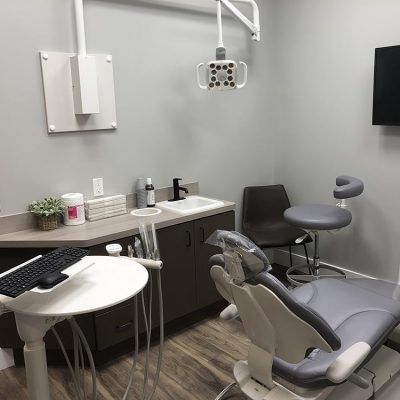
Having missing teeth, especially visible missing teeth is a dental nightmare for many people. There are serious complications when it comes to missing one or more teeth such as compromised structural support, difficulty eating, and risk of gum infection. Luckily, there is an effective solution to this called dental bridges. At River Run Family Dentistry we want to provide the best options for our patients, and there are a few of them.
What Are Dental Bridges?
Bridges are what the name implies, they bridge the gap of missing teeth between either natural teeth or implants. They are a small set of artificial teeth that fit where natural teeth used to be, restoring both the functionality and appearance and can be made from a wide range of materials from porcelain to a variety of metals such as gold and nickel.
The Different Types Of Bridges
There are multiple types of bridges available to work with a variety of special circumstances and needs. Some bridges will work better than others depending on where the missing tooth is.
Traditional
Traditional bridges are the most popular and are true to the name. They fill a gap with the support of natural teeth or implants on both sides. A downside to bridges is the fact that these supporting teeth need to essentially be sacrificed to fit the crowns on both sides of the bridge. These teeth that act as supports for the bridge have their enamel worn down significantly, and since enamel cannot be restored once it is gone, the crown acts as the replacement for that tooth. However, because the goal is to restore missing teeth in the first place, many don’t mind this practice.
Maryland
Maryland bridges are considered very efficient when it comes to bridges. Instead of wearing down the enamel of the abutment teeth to extreme levels and fitting a crown over it, Maryland bridges only require the material to be bonded to the back of the teeth. These are a more cost-effective solution to traditional bridges.
Cantilever
You don’t always need two supports for a dental bridge, another option called a cantilever bridge is also an effective option. These are primarily used for frontal teeth rather than the back where biting forces are the strongest and can compromise the abutment tooth. Because there is only one support with cantilever bridges, more consideration needs to be made on the placement of these false teeth.
Implant-supported
Implant-supported bridges are considered among the sturdiest of options available and it typically will require two surgical procedures to completely finish. The bridges compose of implants planted on both sides in the jawbone with a bridge of artificial teeth placed – secured by the implants. It is a complex procedure and it may take a couple months to fully complete, but it is highly recommended if you are looking for a set of teeth that can last a lifetime with proper care.
Talk To Us About Dental Bridges
At River Run Family Dentistry we are highly committed to providing your dental needs in a warm, welcoming environment. If you are in need of dental bridges, we would love to help you! Simply call 830-387-3040 if you have any questions or would like to schedule an appointment.
